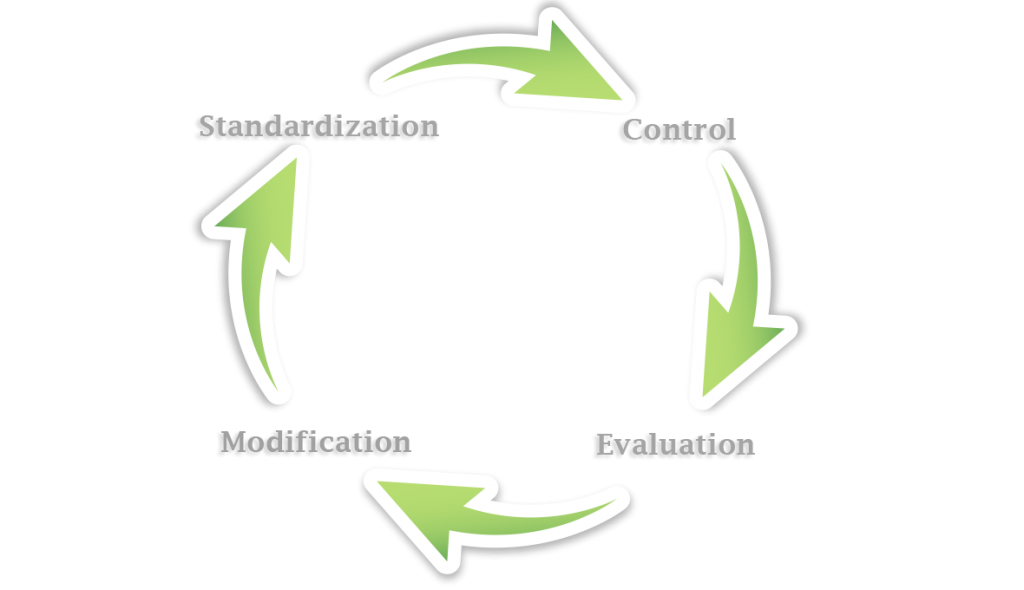Every business has its own targets & KPI. But the target which is common for any business is to be the best or to be the leader in the market. You always have your own action plan to do that. But have you ever evaluated the contribution of your transport operation to achieve your goals.
Your fleet is one of the most underrated resources which define the progress of your business. If you save more from the transport cost than your competitor, obviously you can provide your service or product in a better competitive price. Your profit will be always higher.
How to turn your vehicle fleet from a cost to a profit generator
You can take your fleet to this goal from a process. Geoid helps you to achieve this through four steps.

Standardization
We can identify two types of standards in transport operations. Those are International standards and local standards.
International Standards
There are local companies who are the representation of international organizations and some companies have partnerships with international companies. Both of these categories are required to follow international standards in transportation.
E.g: Driver working hours standard in UK.
https://www.gov.uk/drivers-hours/eu-rules
Local Standards
The local standards can be defined according to the rules and regulations of the country and the operational requirement of the company.The purpose of standardization is safety and to keep the ideal conditions of trips in order to minimize the travel cost and to maximize the productivity. Geoid helps you to build, implement and modify standards according to your timely requirements.
E.g:
- Maximum fuel consumption that an Isuzu mixer truck can reach within a minute is 0.07l.
- Employee are not permitted to visit their homes during working time,
- Route restrictions for different types of delivery vehicles (7.5ft,10.5ft,14.5ft,16.5ft,20ft,40ft)
- Driver OT calculation according to his working time in the vehicle
- Maximum idling time for a vehicle is 30 minutes per day.
Control
The control stage is the phase where you turn your standardization into action. Geoid assists you to implement different control mechanisms to achieve your standardization. The control mechanisms consist of two methods.
- Preventive mechanisms
In this method you are acknowledging the relevant parties,(Drivers,supervisor,etc…) before or immediately the standard is violated.
E.g:
- A buzzer is beeping when the driver turns the vehicle to a restricted route, so that the driver is acknowledged about the violation.
- The operation team is notified immediately when the temperature of one of the freezer trucks is about 40C
- The transport manager receives an alert to his phone when one of the prime movers reports a fuel decrease of 12L.
2. Corrective mechanisms
Geoid provides you reports & dashboards customizable for your requirment.You can take corrective measures based on the well-defined information that you are getting through the statistics.
E.g:
- Over utilized & underutilized vehicles.
- The drivers who exceeded the number of over speeding event limit per week.
- Average temperature in freezer trucks
- Number of customer locations visited by a salesperson within a month.
Evaluation
Evaluation is the key to keep your standards alive. You have to make sure that all your preventive and corrective mechanisms are in action. Also you should evaluate the effectiveness of your standards through the actual results. The return of investment should be in a desirable level .Continuous evaluation is the key to identify the risks and opportunities in your transport operation.
Modification
The results you get through the evaluation lead to the modifications of your standards. The prime objective of your operation in to save more & generate profit. The cycle continues until you reach this target. Geoid will be your trusted partner in this journey.


